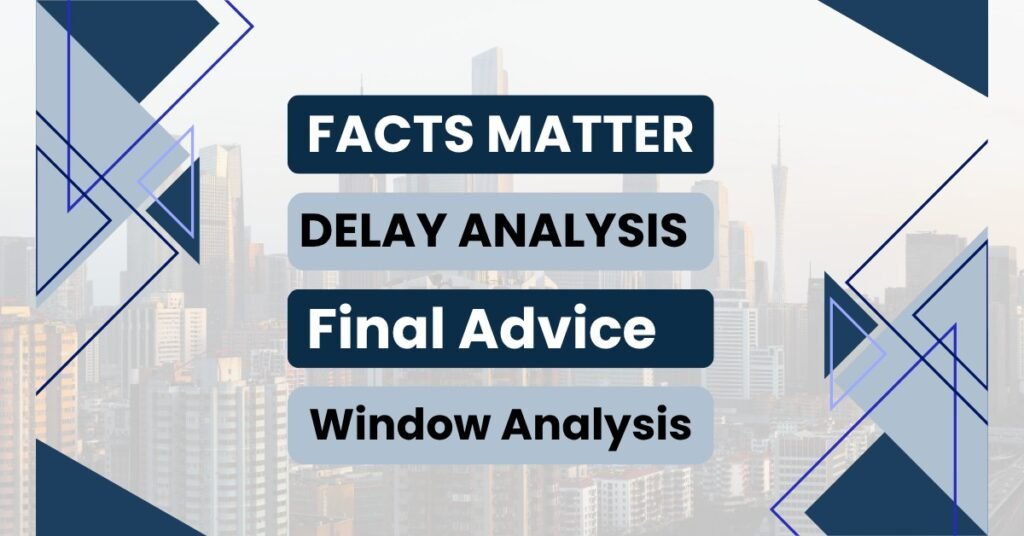Cost control is more than just tracking expenses—it’s a dynamic management process to keep your project financially healthy, ensure profitability, and support decision-making. Good cost control helps you identify overruns early, understand their causes, and implement corrective actions before problems spiral out of control.

The Cost Control Cycle:
- Monitor Actual Costs: Track every expenditure against the budgeted cost accounts. Use tools like Cost Breakdown Structure (CBS) and link it with your WBS for clear visibility. Incorporate labor hours, materials, equipment, and subcontractor costs.
- Analyze Performance Using Earned Value Management (EVM): Calculate variances and performance indices to understand whether you’re on track.
- Identify Causes of Variance: Dig deeper to understand why costs deviate—poor productivity, scope changes, procurement delays, errors, or market price fluctuations.
- Implement Corrective Actions: Options include renegotiating contracts, improving productivity, reducing scope, or accelerating cash flow management.
- Forecasting and Reporting: Use trend analysis to predict future costs and communicate status clearly to stakeholders.
Examples of Corrective Actions:
- If labor costs exceed estimates due to poor productivity, consider additional training or supervision.
- If material prices rise, explore alternative suppliers or value engineering to reduce quantities.
- For scope creep, tighten change control processes and communicate impact on costs and schedule immediately.
Pro Tip: Use integrated cost and schedule control systems for real-time tracking, improving accuracy and response times.
Final Thought: Cost control is a continuous process requiring discipline, transparency, and proactive management. Successful projects don’t just happen—they are steered financially with precise control systems and timely interventions.
